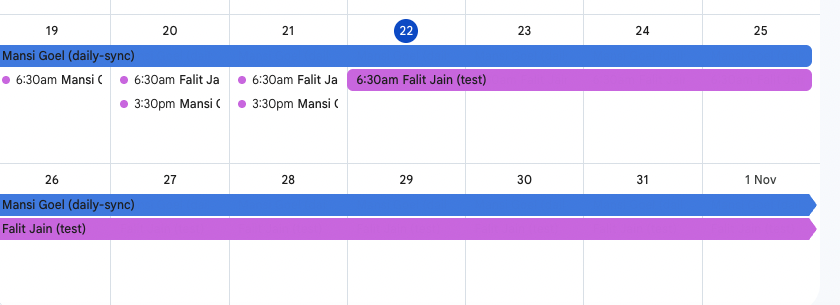
In today’s fast-paced digital landscape, uninterrupted service and immediate incident response are paramount. To meet these demands, companies rely on a variety of tools and platforms to ensure seamless operations. PagerDuty and Slack are two such powerful tools that, when combined, can significantly enhance incident management and communication.
The PagerDuty Sync with Slack User Groups feature has emerged as a game-changer in this regard, offering an efficient and streamlined way to manage incidents and collaborate effectively.
While, Pagerduty helps in receiving alerts, and paging the respective oncall. Slack, on the other hand, is a widely used team collaboration tool that enables real-time communication and collaboration, making it an ideal platform for coordinating incident response efforts.
The combination of PagerDuty with Slack brings these two platforms together, allowing teams to combine PagerDuty’s paging capabilities with Slack’s robust communication tools. This integration streamlines Incident Response and Communication by ensuring that the right people are alerted and engaged at the right time.
With the correct collaboration of Slack and Paging Tools, a lot of requests/ bugs/ threads on Slack can be resolved much faster and easier on Slack itself without moving each conversation on ticketing tools like Jira.
One such useful integration is syncing PagerDuty Oncall Schedule with Slack UserGroups
Today, engineers often manually add and remove the current on-call personnel in user groups.
Or they rely on tools like Google Sheets for this purpose. This manual process can be time-consuming and prone to errors. No engineer wants to spend time on doing these operational activities time after time. This has been fully discussed here
Pagerly provides a very easy to enable this sync automatically.
By directly associating Slack’s user groups with on-call schedules, Pagerly eliminates the need for teams to manually update rotation schedules. This integration means that as team memberships change, Pagerly automatically updates the on-call schedule in real time, ensuring accuracy and relieving teams from the cumbersome task of manual maintenance.

Pagerly also provides full oncall handover reports by Integrating Jira. It also gives a snapshot on Slack as below

Within Slack, channel topics act as concise summaries of the current discussions or subjects being addressed in a specific channel. Pagerly takes advantage of this feature to offer a quick and easily accessible overview of the individuals presently responsible for on-call duties within a particular team or project. Through the automatic updating of the channel topic with the names of the on-call personnel, Pagerly guarantees that the entire organization, encompassing members from product and customer support, remains well-informed about the responsible individuals, all without the need to exit their communication platform.

Pagerly’s ability to sync PagerDuty Schedule with Slack User Groups integration enhances incident response by combining the power of PagerDuty’s paging-alerting with Slack’s communication and collaboration capabilities. This integration ensures that incident alerts are delivered to the right people at the right time and provides a platform for streamlined communication and coordination during incidents.
In today’s digitally connected world, where downtime can have significant consequences, this integration is a valuable asset for any organization seeking to improve its incident response capabilities. By leveraging PagerDuty and Slack together, businesses can minimize service disruptions, reduce response times, and ultimately provide a better experience for their customers.

